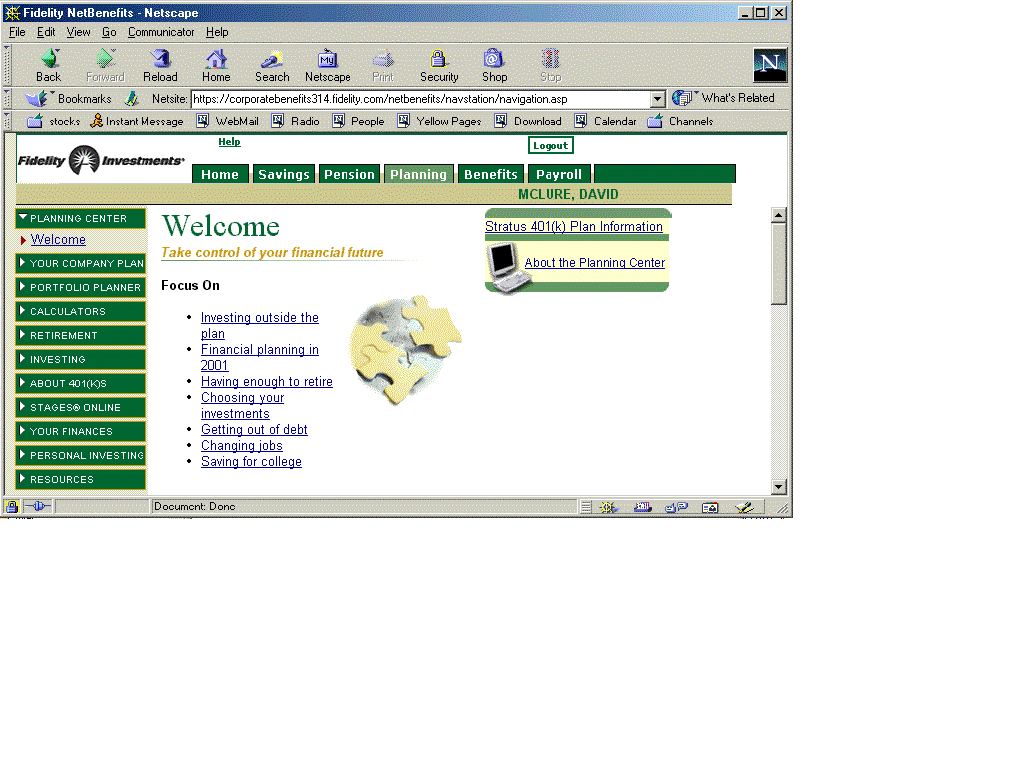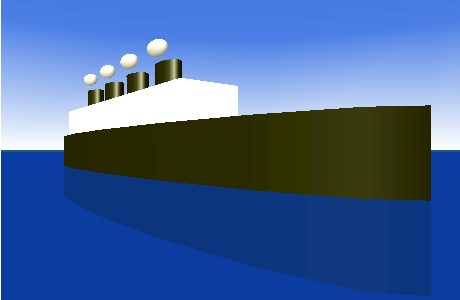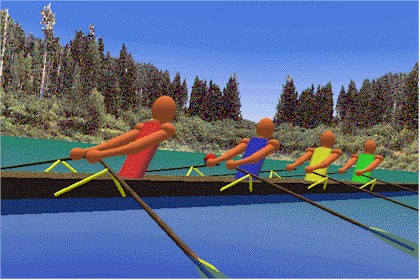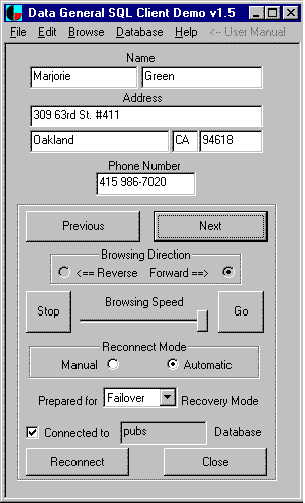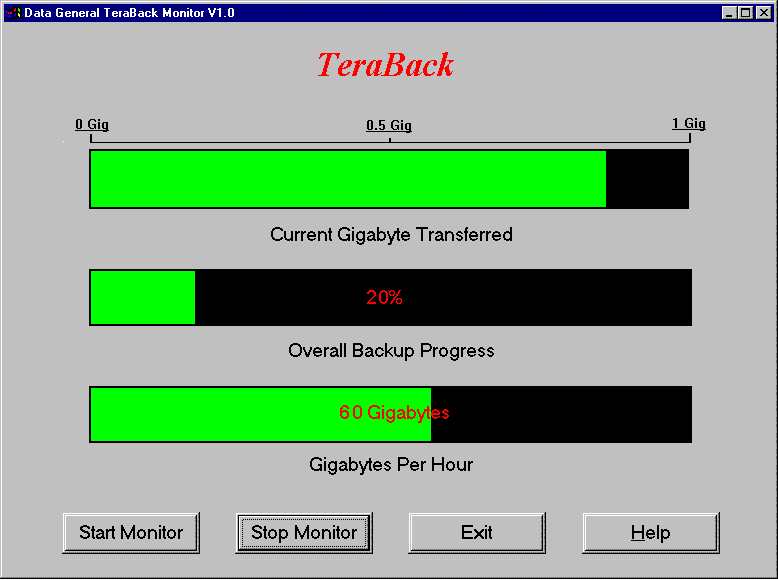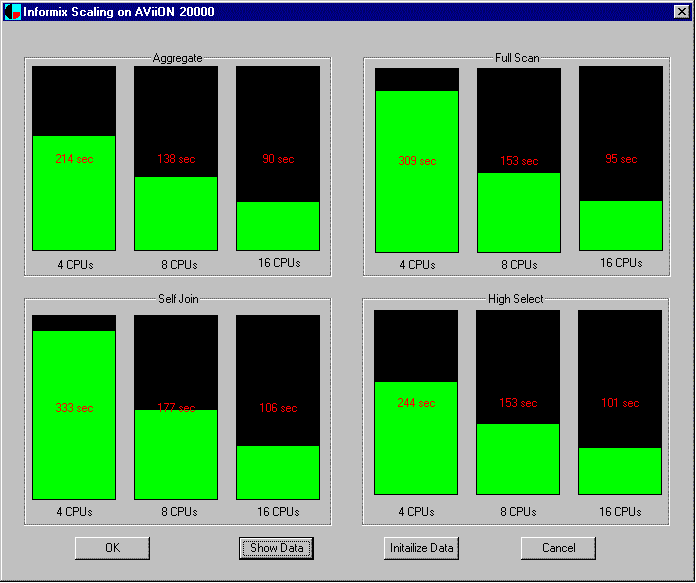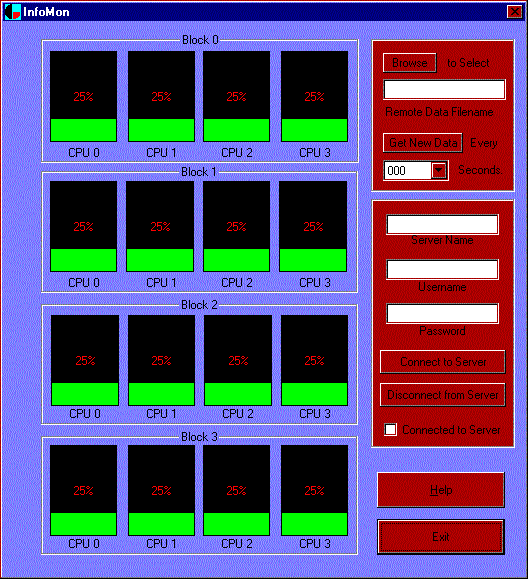The most recent projects have involved the development of software for the Fidelity Plansponsor Webstation (PSW) WebSite. These projects include the complete architectural redesign and transformation of PSW, along with the underlying infrastructure from what was C/C++ to what is now primarily a Java J2EE suite of web applications. Not only were contributions made to the various rewritten components, but also to the newly built infrastructure.
